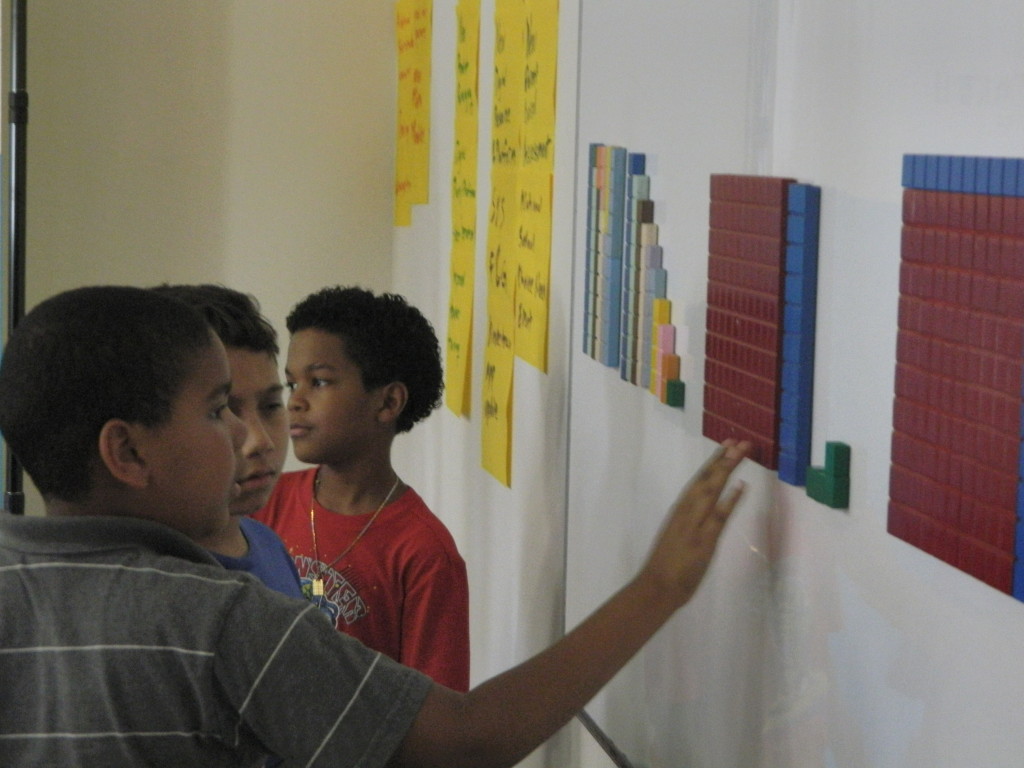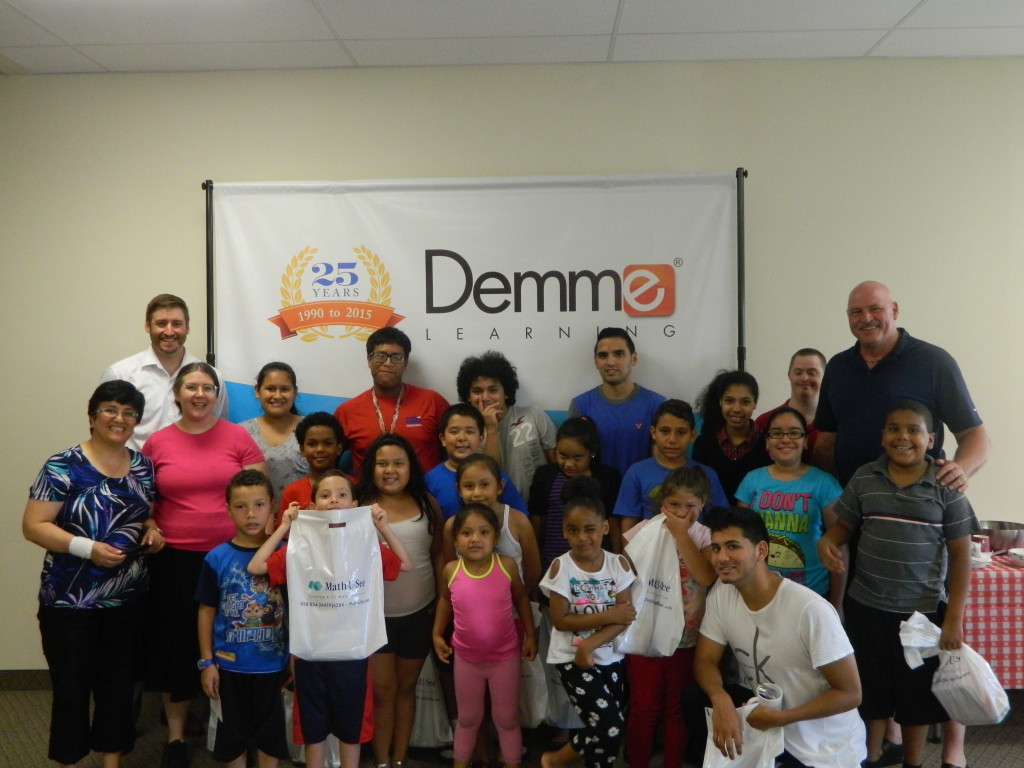Alaska’s Chugach School District (CSD) is the first district to transform itself full into a competency-based school. In a blog series on CSD, Bob Crumley, CSD’s current superintendent, described their transformation, “We began to talk with community members about what they wanted for their children and their schools. We realized that first and foremost we needed to center schools around our students. We needed to be more comprehensive as we structured schools that would prepare them for life beyond graduation.â€
To that end, CSD set out to develop a mission statement that could guide them in implementing this new model of learning. Here’s what they came up with:
“The Chugach School District is committed to developing and supporting a partnership with students, parents, community and business which equally shares the responsibility of empowering students to meet the needs of the ever changing world in which they live. Students shall possess the academic and personal characteristics necessary to reach their full potential. Students will contribute to their community in a manner that displays respect for human dignity and validates the history and culture of all ethnic groups.”
This competency-based model is made up of four interconnected parts:
- Student empowerment: “Students need to be able to seek out things they are personally interested in, create a plan, and find the resources. We are always looking for ways to students to learn beyond the classroom.â€
- Assessment systems: “CSD uses a common scoring (grading) system with Emerging, Developing, Proficient, and Advanced. Reaching 80 percent on an assessment indicates proficiency and 90 percent is advanced.” – “Before a student moves onto to the next level there is a cumulative assessment based on up to three assessments. The first, described as the analytical assessment, is the student’s reflection on his or her learning. Second, there is a skill assessment that focuses on the specific content. The third, a performance assessment, is often co-designed with students. In this assessment, they show evidence of their ability to apply their skill.
- Domains of learning (content areas): “ten content domains of standards: mathematics, technology, social sciences, reading, writing, culture & communication (student will understand and appreciate the unique aspects of their own culture, as well as Alaska Native or world cultures), personal/social/service (the values and skills necessary to reach one’s full potential and foster the development of those around them), career development, PE/health (healthy interpersonal strategies that apply in both rural and urban environments), and science.”
- Preparing for life: “We have to be a slingshot. There is a momentum that builds to propel students forward beyond their graduating high school. They need to have a wide array of opportunities. I don’t know if we have to help them find their specific direction, as it is going to change a lot in their late teens and early twenties. It’s a rarity for teens to know exactly what they want to do and successfully pursue it. We need to help them have the capacity to take advantage of changing interests.”
For an in-depth analysis of CSD’s model, below is the blog post series that I pulled the above quotes from. It’s worth reading the whole series, but particularly the first two posts.
Post 1 – Driven by Student Empowerment: Chugach School District
Post 2 – Chugach School District’s Performance-Based Infrastructure
Post 3 – Chugach Teachers Talk about Teaching
Post 4 – Ownership, Not Buy-In: An Interview with Bob Crumley
Post 5 – Performance-Based Education in a One-Room School House
Post 6 – Teaching through the Culture: Native Education in a Performance-Based System
Post 7 – Performance-Based Home Schooling
To read about other schools that are implementing Independent Learning Plans, click here to read an article from Getting Smart.com. You can read more about the story behind CSD by reading the book Delivering On The Promise.
The movement towards competency based instruction is starting to pick up steam and I am looking forward to seeing the results.






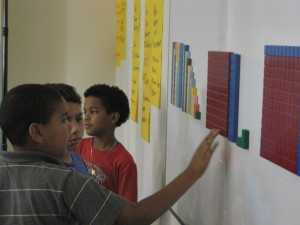


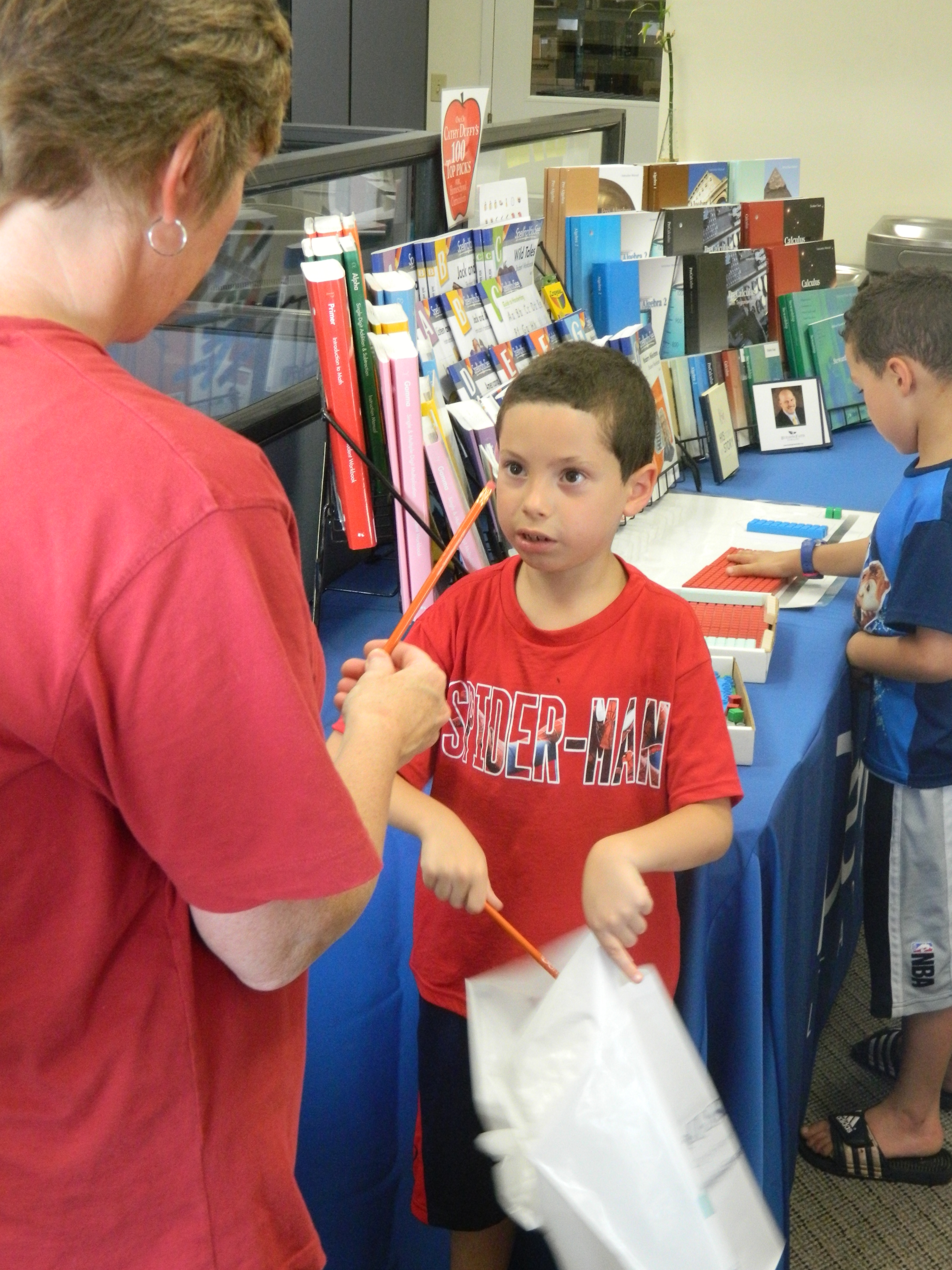
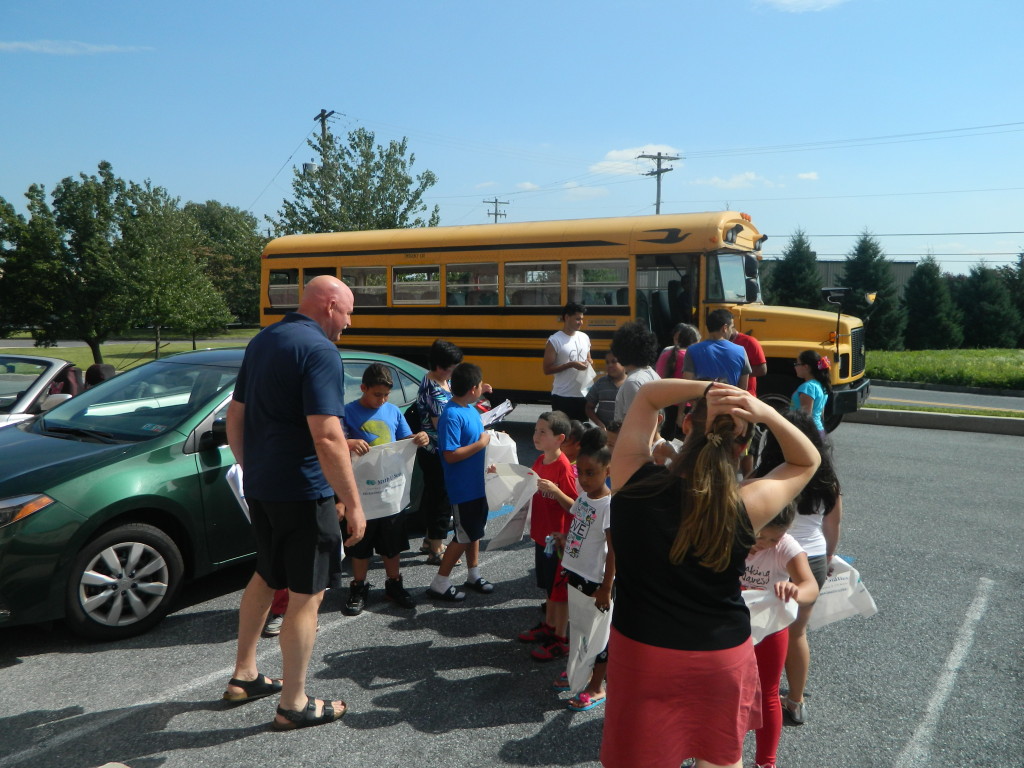
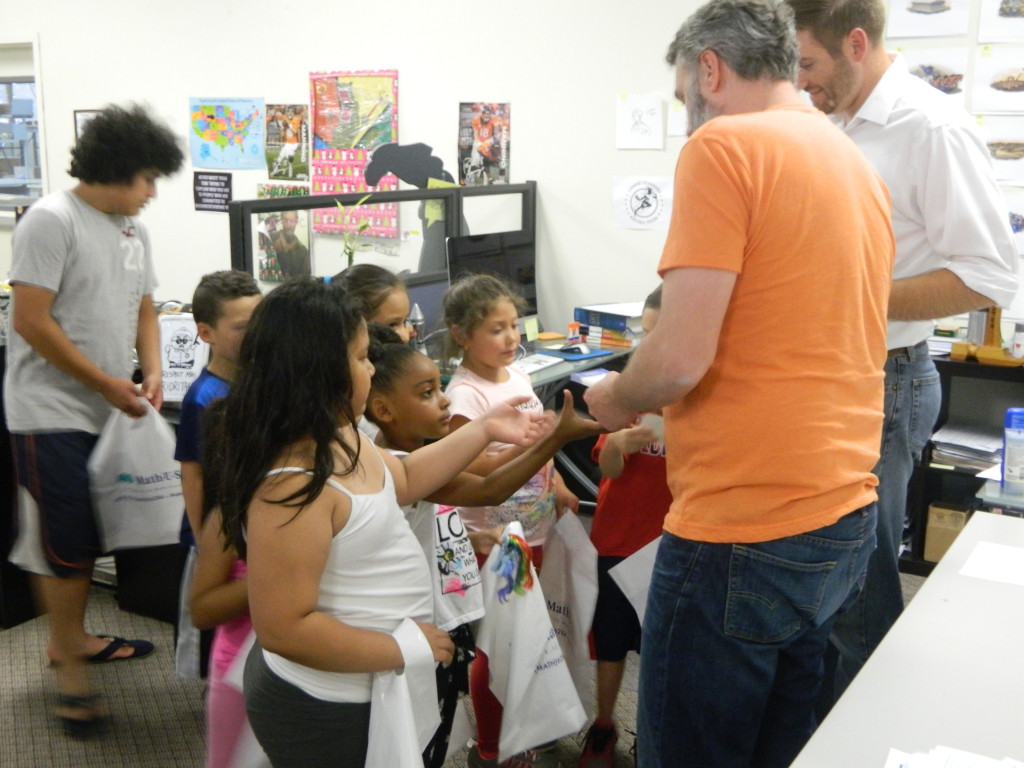
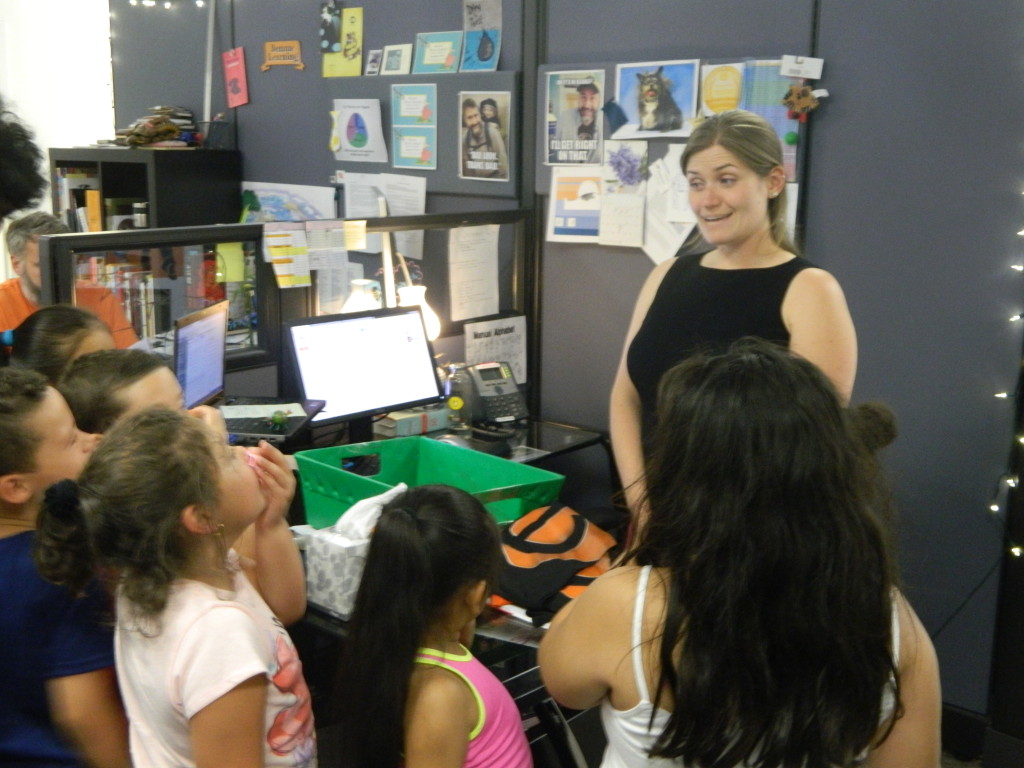
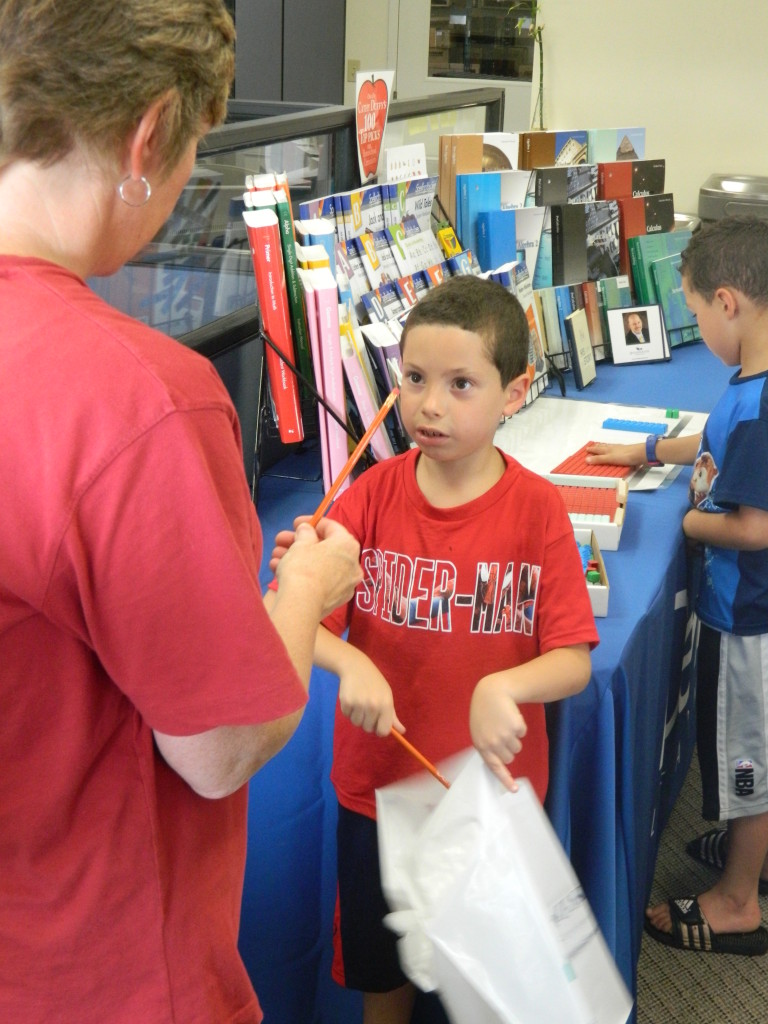
![Steve, the guy from the videos who tells those punny [funny] jokes](http://ethandemme.com/wp-content/uploads/2015/07/DSCN5662-1024x768.jpg)


